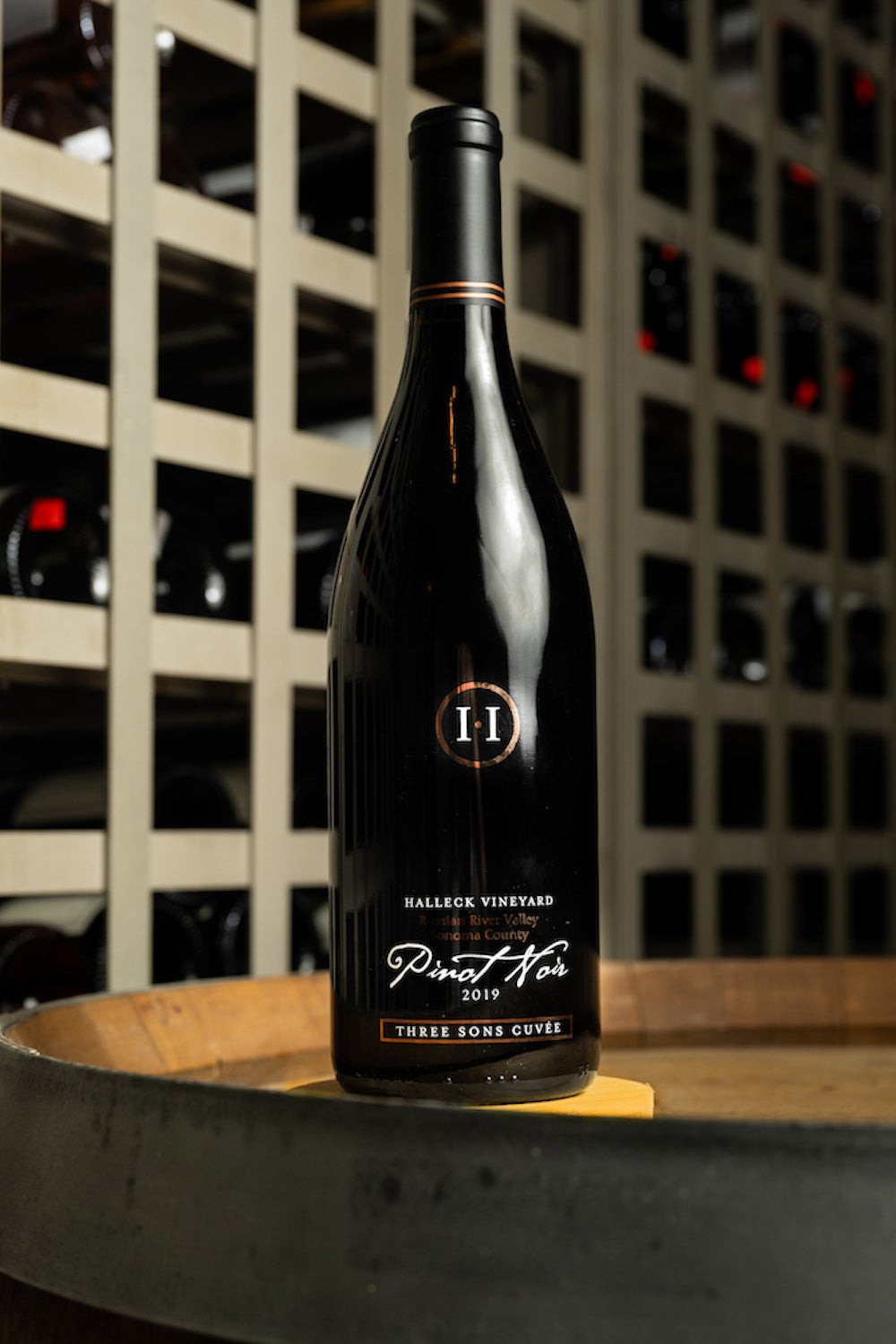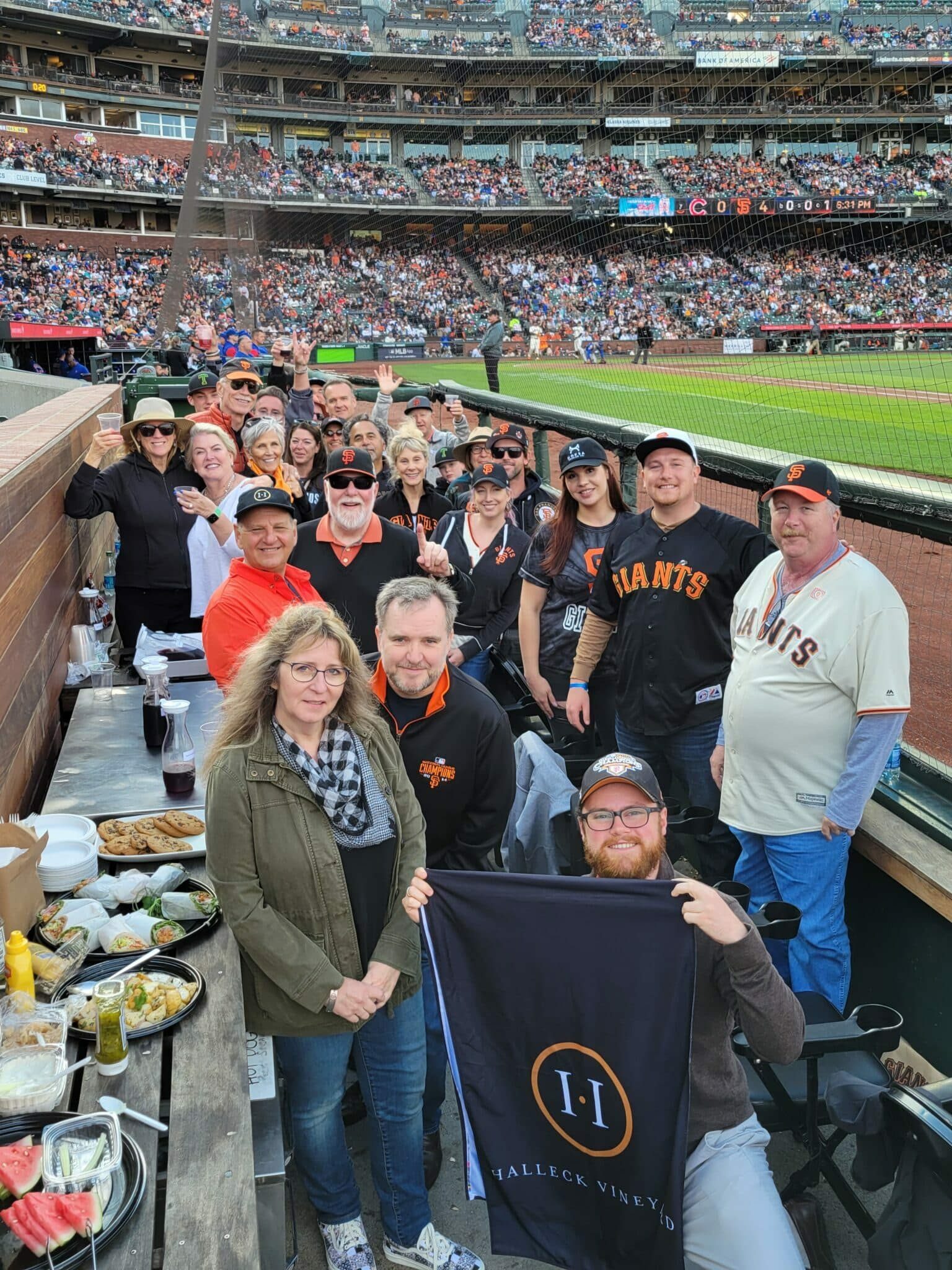Wineries Pairing Wine With Chocolate - Exploring The Vineyards In Sonoma County
Wineries Pairing Wine With Chocolate - Exploring The Vineyards In Sonoma County
Blog Article
Romantic Winery Destinations In Sebastopol - Best Wineries For Wine Tasting Sonoma Area
Wine tasting is an art that requires practice and an understanding of assorted aspects involved within the course of. One essential factor of wine tasting is the development and interpretation of tasting notes, which function a guide for both novices and seasoned connoisseurs. A Guide To Understanding Winery Wine Tasting Notes can enhance your wine-tasting experience, making it extra significant and enjoyable.

Tasting notes are concise descriptions that capture the essence of a wine’s flavors, aromas, and overall character. Normally composed by professional tasters, winery tasting notes supply insights into the nuances of various wines. They may help wine enthusiasts understand what to expect from a particular bottle. However, tasting notes can range broadly in style and element based mostly on the writer's experience and palate.
Family-Oriented Wine Tasting Venues In Sebastopol - Sonoma Valley Vineyards And Wine Tasting
When you first approach a glass of wine, your senses will begin to have interaction instantly. The sight, scent, and style of the wine will converge to provide you a complete experience. Tasting notes generally start with the visible evaluation, where the colour of the wine is taken into consideration. Color plays a major position in indicating the wine’s age, grape variety, and even its flavor profile.
After assessing the visible facet, the following step involves swirling the wine within the glass. This motion aerates the wine, permitting its aromas to awaken. Smelling the wine provides crucial insight into its complexity. The preliminary sniff can ship a flood of scents that will embody fruity, floral, natural, or earthy notes. This is commonly probably the most subjective part of tasting, as particular person experiences can dramatically differ.
In winery tasting notes, descriptors are often categorized into main, secondary, and tertiary aromas. Primary aromas usually stem from the grape variety, secondary aromas derive from fermentation processes, and tertiary aromas arise from getting older. Understanding these categories can help you recognize the depth of a wine, and they also provide the vocabulary to precise your experience higher.
Scenic Vineyard Tours In Sebastopol - Best Vineyard Visits In Sonoma
Following the olfactory encounter, your focus will shift to the style of the wine. This is where the first characteristics—sweetness, acidity, tannins, alcohol—come into play. Tasting notes usually detail these flavors in multiple dimensions, including the initial assault on your palate to the lingering end on your tongue. A high-quality wine will current a harmonious balance between these elements.
Whereas tasting, it's essential to ponder the physique of the wine, which can be described as light, medium, or full. The physique contributes significantly to your general impression, helping you consider how the wine pairs with food or whether it stands alone as a sipping wine. Balancing the physique with the other characteristics will give you a fuller understanding of what the wine has to offer.
The end of the wine, also referred to as the aftertaste, is one other important side typically included in tasting notes. A lengthy, nice end often indicates a better high quality wine, while a brief or cloying aftertaste could suggest otherwise. Evaluating the end can supply additional insight into the wine's complexity and distinction.
Understanding the context of winery tasting notes can also be valuable. Tasting notes can present contextual details about the pop over to this web-site winery's location, local weather, and grape-growing practices. This context adds another layer of appreciation for the wine, allowing enthusiasts to attach the sensory experience with its origins, thus enhancing the enjoyment additional.
Beautiful Picnic Areas At Sonoma Wineries - Sonoma Vineyard Tours
Many wineries present tasting notes on their web sites or labels, typically written in an approachable but informative style. Nevertheless, not all winery tasting notes are created equal. Some could also be overly technical, whereas others may prioritize advertising flair over insightful evaluation. Studying to navigate these notes can arm you with the knowledge to make informed decisions when selecting wines.
Collaborating in tastings at wineries also can deepen your understanding of wine tasting notes. Interacting with educated workers can provide you a extra hands-on strategy to exploring completely different wines and the language used to describe them. Beautiful Picnic Areas At Sonoma Wineries. You Will have the chance to ask questions, engage in discussions, and doubtlessly refine your palate in actual time.
Experimentation is important for mastering wine tasting notes. As you sample totally different wines, try making your individual notes. Focus on describing the wine’s color, aroma, taste, and end. Over time, you’ll develop a personal vocabulary that resonates with your sensory experiences. Every note you create will assist refine your palate, permitting you to appreciate wines at a deeper stage.
Wineries Focusing On Single Vineyard Wines - Best Wineries For Wine Tasting Sonoma Area
In conclusion, a Guide To Understanding Winery Wine Tasting Notes presents a complete framework for diving into the world of this article wines. It equips you with the methods and language essential to articulate your experiences. Whether Or Not you're a casual drinker or a devoted aficionado, understanding and utilizing tasting notes can profoundly impression your wine journey. This information not solely enhances your enjoyment but additionally connects you deeply with the rich narratives each bottle tells. By embracing this journey, you turn into part of the beautiful mosaic of wine tradition, the place each sip unveils a new story ready to be found.
- Wine tasting notes sometimes embody a wide range of sensory descriptions, including aroma, flavor, acidity, body, and end, allowing tasters to fully recognize the wine's characteristics.
- To enhance your understanding, familiarize your self with frequent wine terminology similar to "tannins," "oakiness," or "terroir," which might help decipher the notes extra successfully.
- A systematic method to tasting includes first visually assessing the wine's colour and clarity, followed by swirling to launch aromas, then inhaling and describing what you experience.
- Taking notes throughout tasting may help establish patterns over time, improving your palate and making it simpler to recall preferences for future choices.
- Don't overlook the influence of food pairings; tasting notes can differ tremendously when a wine is enjoyed with complementary flavors, altering perception and pleasure.
- Pay consideration to the wine’s vintage, as climatic conditions in a given year can considerably have an result on the final product, including one other layer to the tasting notes.
- Contemplate the winemaker's style and philosophy, which can shape the wine's profile and influence how its notes evolve with every sip.
- Training with different grape varieties can broaden your vocabulary; every type brings unique characteristics that can enhance your ability to articulate tasting notes successfully.
- Participating with wine professionals or attending tasting events can provide valuable insights, offering a richer context for understanding personal tasting notes.
- Bear In Mind that tasting is subjective; individual preferences and experiences will shape one’s interpretation of the identical wine, enriching the overall enjoyment of wine exploration.
What are wine tasting notes?
Wine tasting notes are descriptive feedback made by tasters about the appearance, aroma, taste, and finish of a wine. They present an overview of the wine's traits and can help shoppers perceive the style and quality of the wine.
Wineries With Educational Tours In Sonoma - Wine Tours And Tastings In Sebastopol
Why are tasting notes important when selecting wine?
Tasting notes can guide you in selecting a wine that suits your palate. They provide insights into flavors and aromas, helping you to match wines with food or occasions. Understanding these notes enhances your general wine experience.
How should I learn wine tasting notes?
(Wineries With Locally Sourced Food Options)
Wineries With Live Music Events Occasionally - Vineyard Tours In Sebastopol
When studying wine tasting notes, pay attention to the structure: search for descriptions of colour, aroma, flavor, and end. This will help you grasp the wine's profile and decide if it aligns with your preferences.
What phrases generally appear in wine tasting notes?
Widespread terms include "tannin" (the structure), "acidity" (the crispness), "physique" (the weight), and varied flavor descriptors like "fruity," "earthy," or "spicy." Familiarizing yourself with these phrases can deepen your understanding of wine.
Wineries Known For Handcrafted Wines - Vineyard Visits And Wine Tasting In Sonoma

Am I Able To create my own tasting notes?
Yes! Writing your personal tasting notes can improve your wine tasting experience. Focus in your observations of style, aroma, and other sensory traits. This personal practice can help you refine your palate over time.
How do I establish the aromas in wine tasting notes?
Wineries Offering Off The Beaten Path Experiences - Luxury Wine Tasting In Sonoma County
To establish aromas, practice smelling quite so much of scents and associating them with wines. Swirl the wine in your glass to launch its aromas, then take a second to breathe in deeply earlier than figuring out any prominent scents.
What is the distinction between professional and personal wine tasting notes?
Professional tasting notes might use extra technical language and specific terminology, whereas personal tasting notes are subjective and replicate individual experiences. Both are useful for understanding and enjoying wine, however personal notes might resonate more with your distinctive tastes.
How can tasting notes enhance my wine appreciation?
Wineries With Educational Tours In Sonoma - Sonoma Wine Tasting Tour
Tasting notes can enhance your appreciation by serving to you to understand and articulate the complexities of wine. They encourage conscious tasting and provide a framework for comparing totally different wines, resulting in a richer enjoyment of the beverage.
Are there any apps or instruments to help with wine tasting notes?
Sure, there are several apps designed to help customers document and organize their tasting notes. These instruments usually supply features like flavor wheel guides and wine database searches, making it simpler to track your journey via totally different wines. Report this page